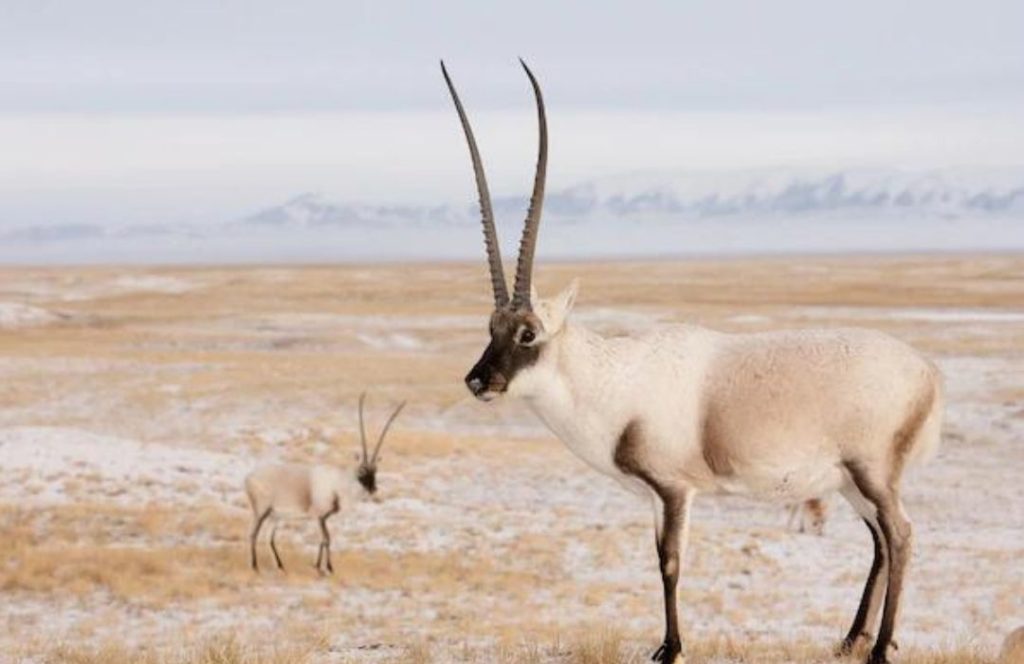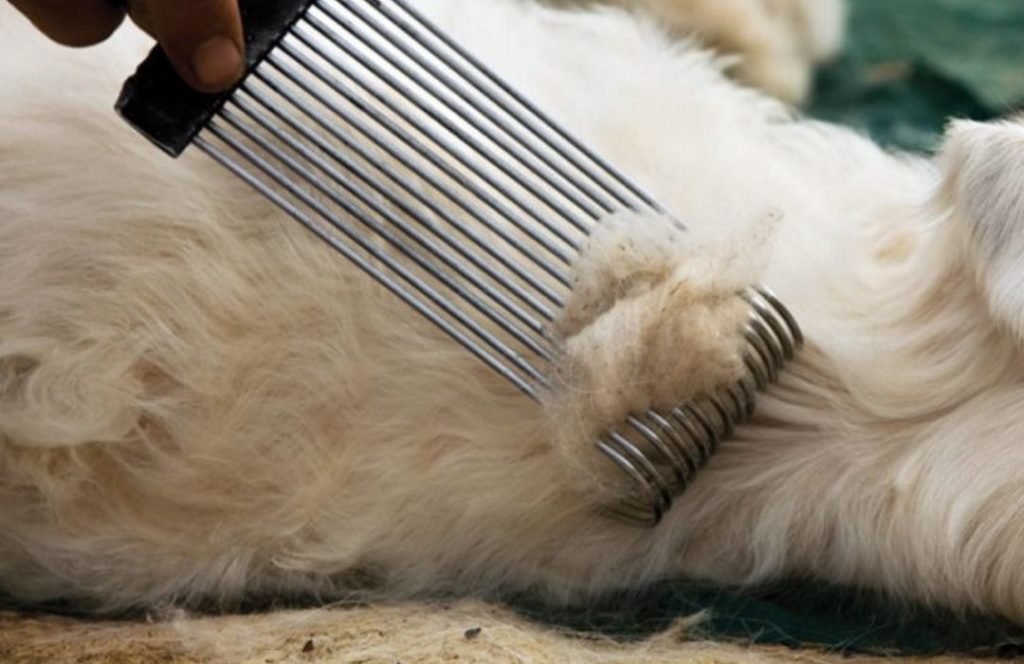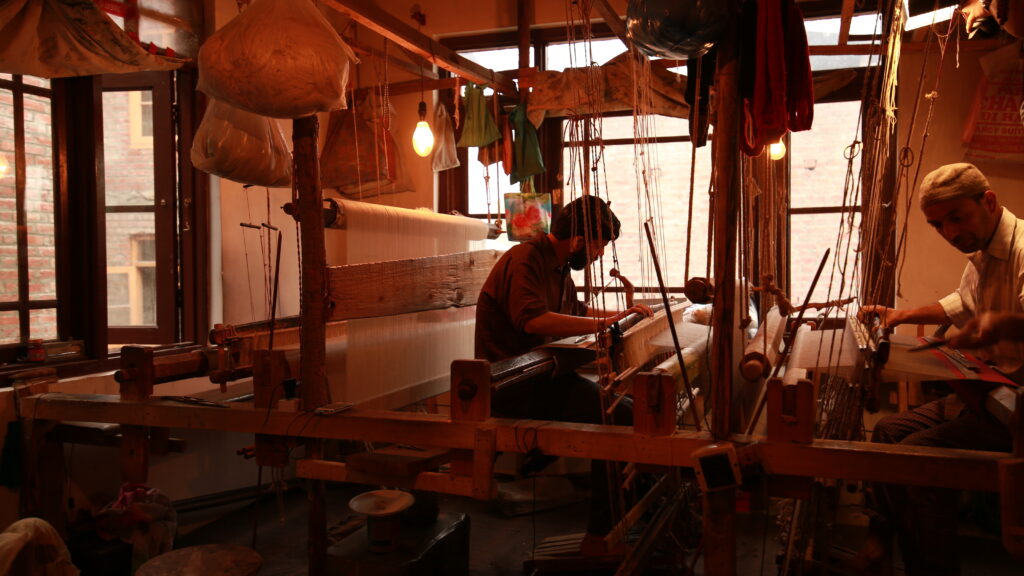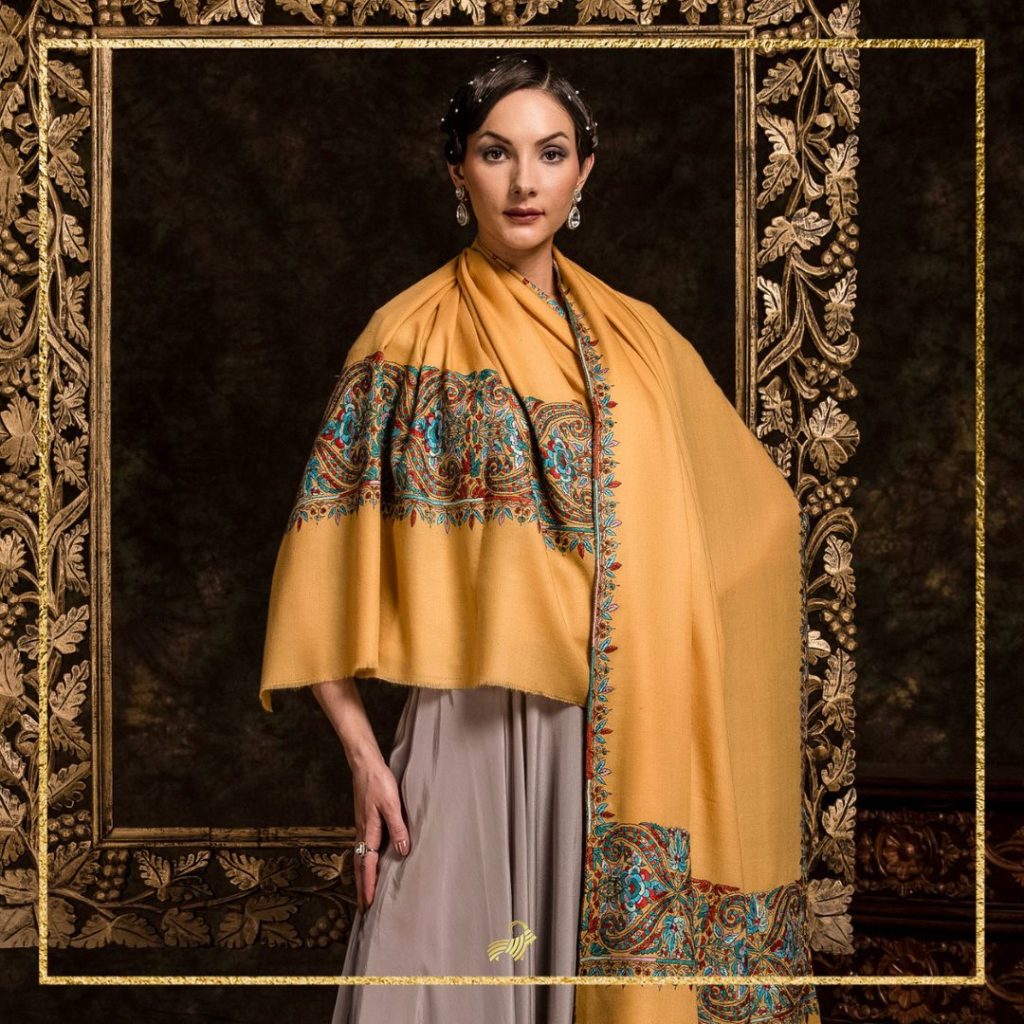You have heard a myth that shahtoosh and Pashmina are similar. We are here to debunk this myth by differentiating the concept of Pashmina and Shahtoosh. Quite evidently defined that Shahtoosh and Pashmina are not the same. They are widely different. Pashmina is the craft and Shahtoosh is the wool procured from an animal. Therefore, they are different. We have gathered some basic and significant differences between Shahtoosh and Pashmina.
Shahtoosh is wool while Pashmina is the Craft

Shahtoosh is a Persian word meaning "king of fine wools". The type of fine wool procured from Tibetian antelope or Chiru. Thus, considered to be the finest wool due to its low microns in diameter. While Pashmina is the crafting of finest wool called Cashmere procured from Changra Goats or Changhthanghi Goats. Pashmina is the intricate crafting done in the realm of Kashmir.
Procuring of Shahtoosh wool is unethical while Pashmina crafting is ethical
Shahtoosh wool is procured from Tibetan Antelope or Chiru, a animal from Mongolia to Tibet. Brutally hunted by nomads for the fine wool. Therefore, possession and sale of Shahtoosh are illegal in most countries because Chiru is an endangered species under CITES. Whilst, Craft of Pashmina is ethical as the finest wool procured by combing out extra wool is from the Changra Goats in Changhthanghi. Thus, ethically procured and crafted in Kashmir Valley.

The procuring of the finest Cashmere starts in the realms of Changhthanghi mountain of Ladakh. The temperature goes to a minimum in winter. A rare breed of Goats lives in the minus temperature. They are called Changra Goats. These goats develop thick wool on their bodies to combat the harsh winter. Eventually, seasons change. In summers, the Changra Goats shed off the thick wool against rocks and trees due to the heat in the air. The wool is also manually combed out by the herders. The herders of the Changpa tribe manually comb out the wool. The wool is called Cashmere wool. It is the softest and finest wool. Thus, further crafted in the horizons of Kashmir Valley in the name of Pashmina Art.
Crafting of both happens in Kashmir

Crafting of Shahtoosh is banned in Kashmir and it is not a traditional craft of Kashmir. Due to high demand by the west, the Kashmiri people use to craft these. Whilst, Pashmina is the traditional craft of Kashmir gifted by the saint of Persia. It is a pure and ethical craft of Kashmir where artisans believe in the beauty of Pashmina. Crafting in Pashmina has four phases; Cleaning, Spinning, Weaving and Designing.
The artisans work meticulously on each and every piece of fine Cashmere. When the tufts of Cashmere wool reach Kashmir from Ladakh, the wool, leaned, soaked, and dried to free from any impurity is fine. Thus, the Cashmere wool undergoes the first process of Pashmina Art. Afterward, the fine and cleaned Cashmere, transferred to the local houses for the process of Spinning.
The process of Spinning is transforming the fine Cashmere wool into Cashmere yarn. The women in the households perform the precise process of Spinning. The Spinning process needs patience and precision. While humming the traditional Kashmir songs, the women meticulously spin the Cashmere wool on a wooden wheel called yinder. Therefore, the Cashmere yarn, formed to make to go forward to the next intricate process of Weaving.
Weaving is the process of creating warps and wefts by using yarn to create a surface of the fabric. Thus, transformed to make the fine Cashmere fabric on the handloom. The handloom, made up of forest wood is efficient. Worked upon by highly skilled artisans of the Valley. Therefore, transformed into fine Cashmere fabric through the process of Weaving. The artisans work meticulously over the handlooms set up at local workshops/karkhanas. Artisans work days and nights to procure the high-quality Cashmere fabric by means of their hands and feet working on a handloom.
Also read: THE TRAIL OF INDIA’S CASHMERE GOAT MEN
Shahtoosh is an example of Animal Cruelty while Pashmina is the beauty of nature itself
A particular species of an endangered goat called Chiru, or the Tibetan Antelope. Listed on the endangered animal list under the Convention on International Trade in Endangered Species (CITES). They produce the fine wool called Shahtoosh. It is illegal to procure or craft Shahtoosh because it is not ethical to use the wool of an endangered species. Herders trap it forcefully and kill it and then skin the hair from its underbelly. Animal cruelty is the basic reason for unethical crafting. Also, the decreasing number of Chiru goats is another reason for its ban.

The procuring and crafting of the finest Cashmere in Pashmina Art is the forte of ethical and Sustainable crafting. Also evident from the fact that Cashmere, obtained from a rare species of Goat called Changra Goats. The Goats are rare. They are not endangered. Therefore, suffusing to the fact that Pashmina is not banned. There are several species of goats that produce Cashmere for endless accessories. There is no animal cruelty in Pashmina Crafting.